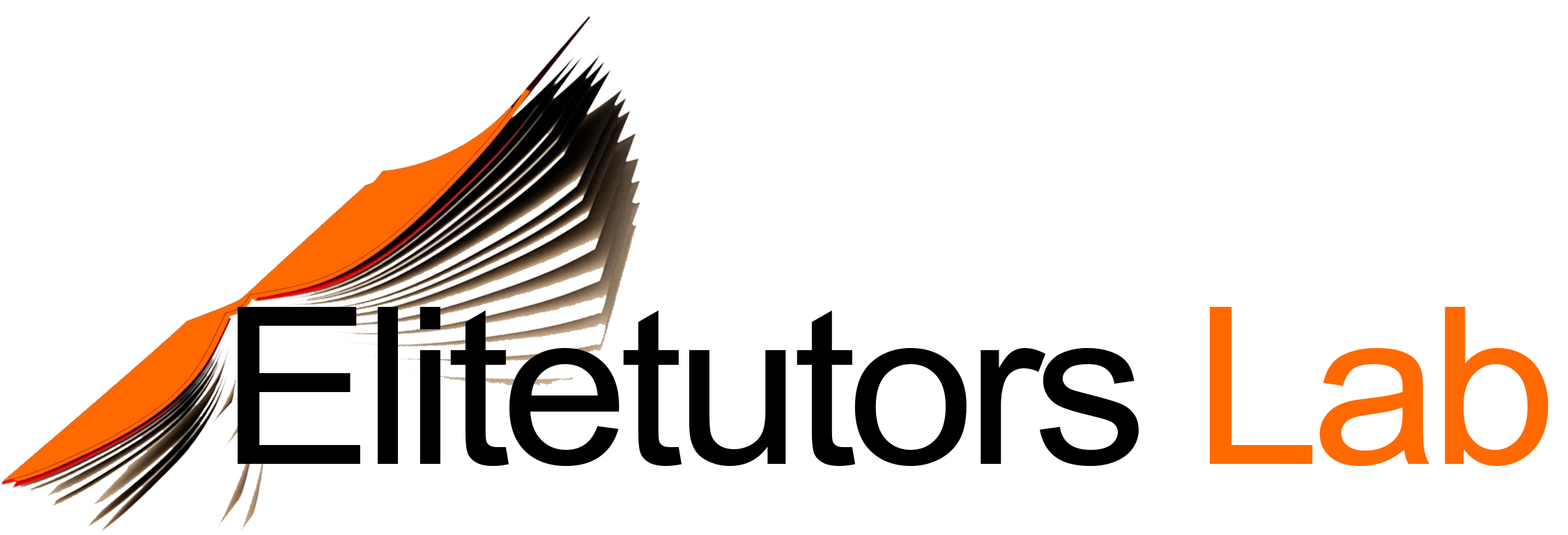1. (Definition of Economics) What determines whether or not a resource is scarce? Why is the concept of scarcity important to the definition of economics?2. (Rational Self-Interest) Discuss the impact of rational self-interest on each of the following decisions: A. Whether to attend a college full time or enter the workforce full time B. Whether to buy a new textbook or a used one C. Whether to attend a local college or an out of town college3. (Rational Self-Interest) If behavior is governed by rational self-interest why do people make charitable contributions of time and money?4. (Marginal Analysis) The owner of a small pizzeria is deciding whether to increase the radius of delivery area by one mile. What considerations must be taken into account if such a decision is to increase profitability?5. (Time & Information) It is often costly to obtain the information necessary to make good decisions. Yet your own interests can be best served by rationally weighing all options available to you. This requires informed decision making. Does this mean that making uniformed decisions is irrational? How do you determine how much information is the right amount?6. (Pitfalls of Economic Analysis) Review the discussion of pitfalls in economic thinking. Identify the fallacy or mistake in thinking in each of the following statements. A. Raising taxes always increases government revenues. B. Whenever there is a recession imports decrease. Therefore to stop a recession we should increase imports. C. Raising the tariff on imported steel helps the U.S. steel industry. Therefore the entire economy is helped. D. Gold sells for about $1 200 per ounce. Therefore the U.S. government could sell all the gold in Fort Knox at $1 300 per ounce to reduce the national debt. 7. (Association Versus Causation) Suppose I observe that communities with lots of doctors tend to have relatively high rates of illness. I conclude that doctors cause illness. Whats wrong with this reasoning?1. (Sunk Cost and Choice) Suppose you go to a restaurant and buy an expensive meal. Halfway through despite feeling quite full you decide to clean your plate. After all you think you paid for the meal so you are going to eat all of it. Whats wrong with this thinking?2. (Opportunity Cost) You can spend spring break either at home for $80 per day for five days or go to Florida for the week. If you stay home your expenses will total about $100. If you go to Florida the airfare hotel food and misc. expenses will total about $700. Whats your opportunity cost for going to Florida?3. (Absolute and Comparative Advantage) You have the following information concerning the production of wheat and cloth in the United States and the United Kingdom:Labor Hours Required to Produce One Unit The United Kingdom The United StatesWheat 2 1Cloth 6 5 a. What is the opportunity cost of producing a unit of wheat in the United Kingdom? In the United States? b. Which country has an absolute advantage in producing wheat? In producing cloth? c. Which country has a comparative advantage in producing wheat? In producing cloth? d. Which country should specialize in producing wheat? In producing cloth?4. (Specialization) Provide some examples of specialized markets or retail outlets? What makes the Web so conducive to specialization?5. (Economic Systems) The United States is best described as having a mixed economy. What are some elements of command in the U.S. economy? What are some market elements? What are some traditional elements?here are suitable references to answer these questions Kundzewicz, Z. W., L. J. Mata, N. W. Arnell, P. Dall, B. Jimenez, K. Miller, T. Oki, and Z. Åžen. 2009. Reply to “Climate, hydrology and freshwater: Towards an interactive incorporation of hydrological experience into climate research”: Water and climate projections. Hydrological Sciences Journal 54(2):406-415.;Knutti, R., G. A. Meehl, M. R. Allen, and D. A. Stainforth. 2006. Constraining climate sensitivity from the seasonal cycle in surface temperature. Journal of Climate 19:4224-4233.;Klein, R. J. T., S. E. H. Eriksen, L. O. Naess, A. Hammill, T. M. Tanner, C. Robledo, K. L. O’Brien. 2007. Portfolio screening to support the mainstreaming of adaptation to climate change into development assistance. Climatic Change, 84:23-44.;King County. 2008. Vulnerability of Major Wastewater Facilities to Flooding from Sea-Level Rise. Seattle, WA: King County, Department of Natural Resources and Parks, Wastewater Treatment Division.;Khatiwala, S., F. Primeau, and T. Hall. 2009. Reconstruction of the history of anthropogenic CO2 concentrations in the ocean. Nature 462(7271):346-349.;Kempton, W. 1991. Lay perspectives on global climate change. Pp. 29-69 in Energy Efficiency and the Environment: Forging the Link, E. L. Vine, D. Crawley, and P. Centolella, eds. Washington, DC: American Council for an Energy Efficient Economy.;Keeling, R. F., S.C. Piper, A.F. Bollenbacher, and J.S. Walker. 2009. Atmospheric CO2 records from sites in the SIO air sampling network. In Trends: A Compendium of Data on Global Change. Carbon Dioxide Information Analysis Center, Oak Ridge National Laboratory, U.S. Department of Energy, Oak Ridge, TN, doi:10.3334/CDIAC/atg.035.;Kates, R., W. Hohenemser, and C. Kasperson. 1984.1984. Perilous Progress: Managing the Hazards of Technology. A Westview Special Studies in Science, Technology and Public Policy. Boulder, CO: Westview Press.;Karl, T. R., and C. N. Williams, Jr. 1987. An approach to adjusting climatological time series for discontinuous inhomogeneities. Journal of Climate and Applied Meteorology 20:1744-1763.;Kalff, J. 2002. Limnology. Upper Saddle River, NJ: Prentice Hall.
